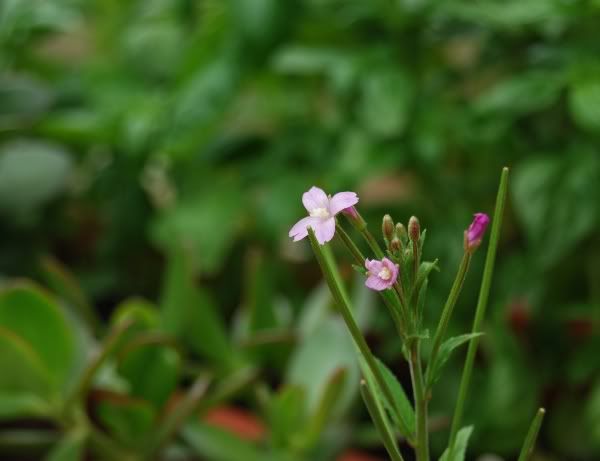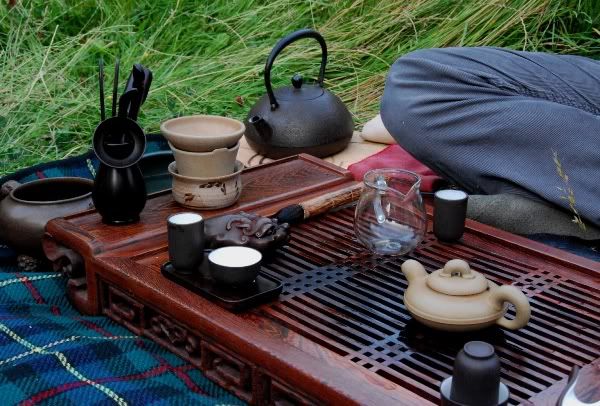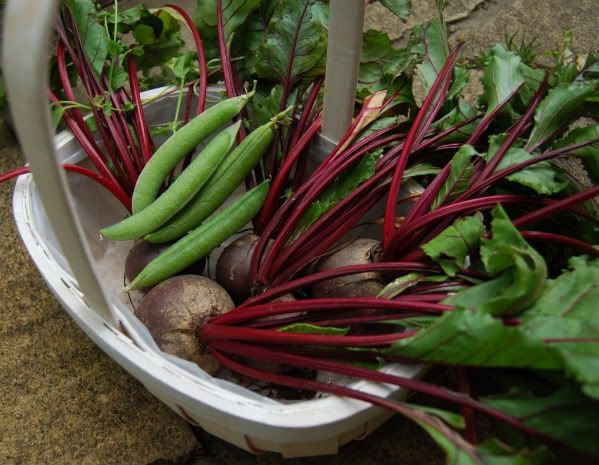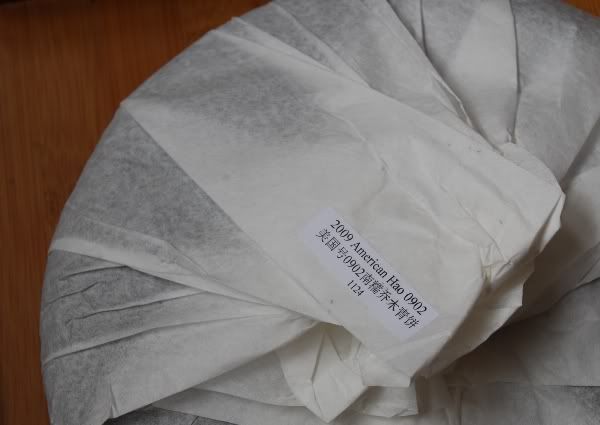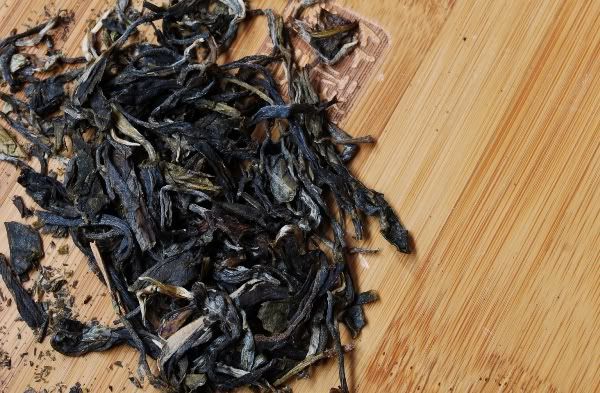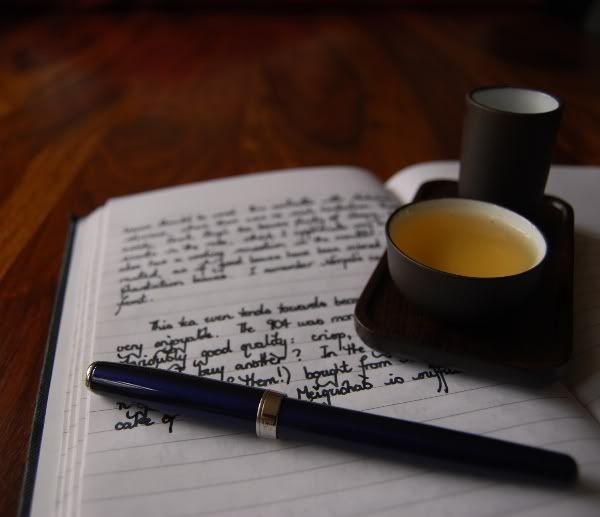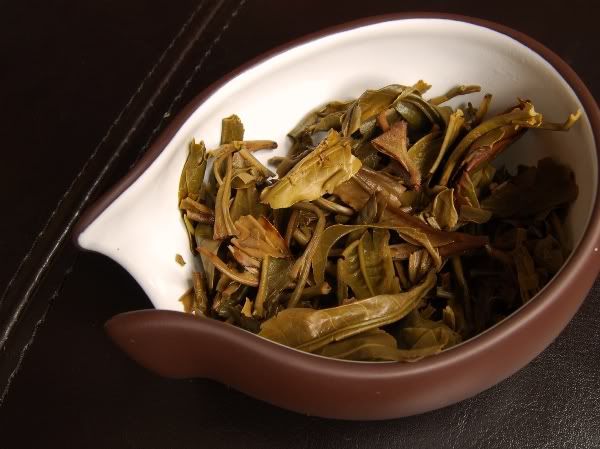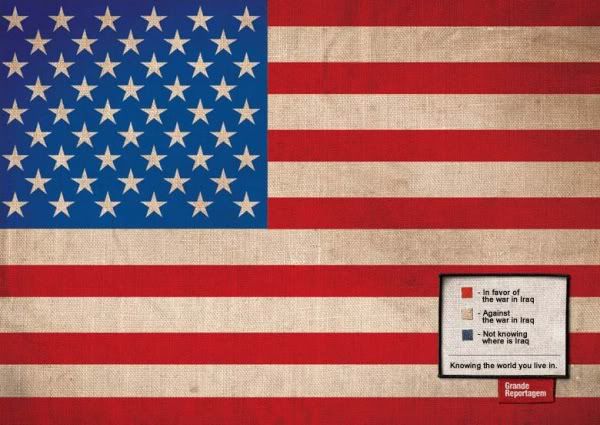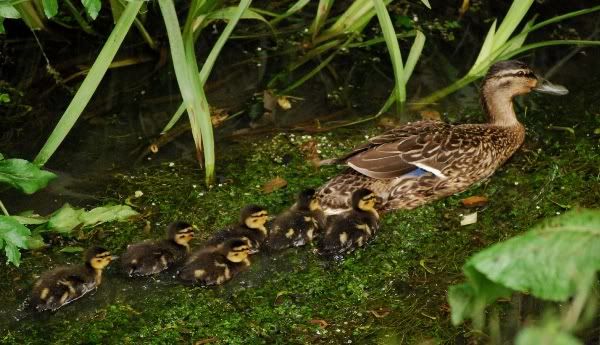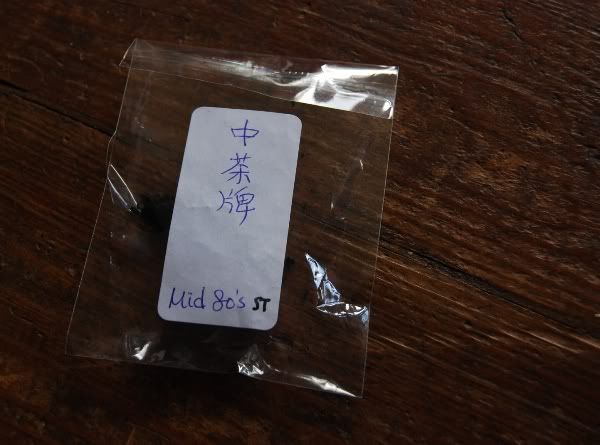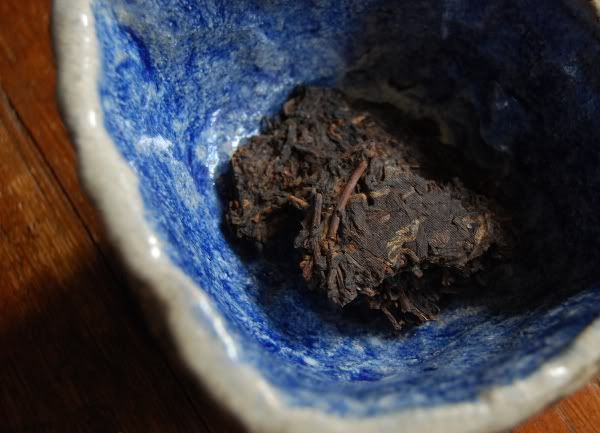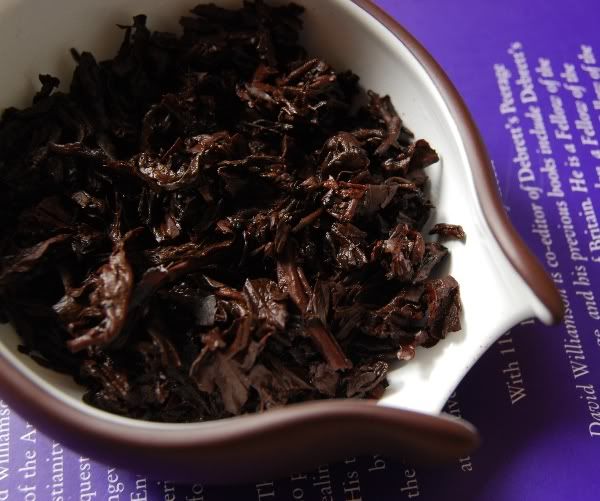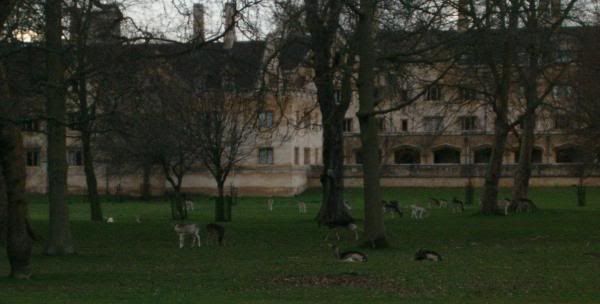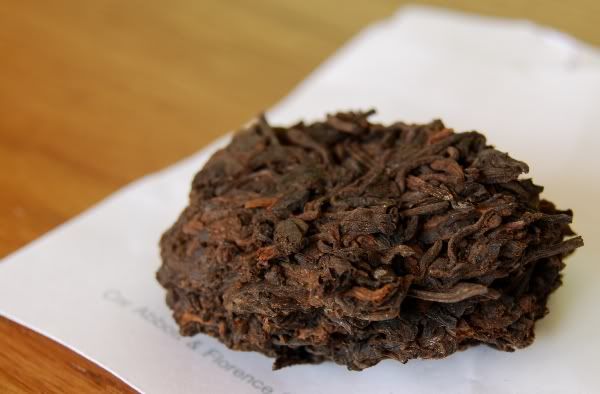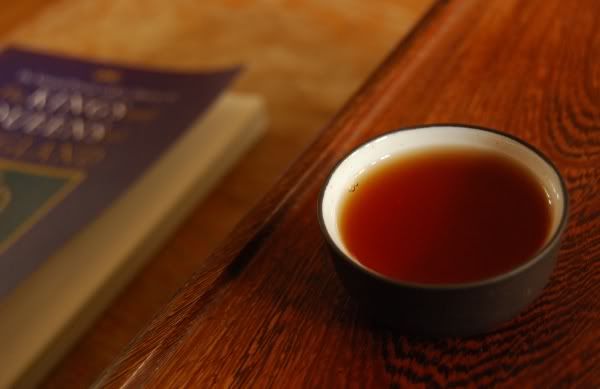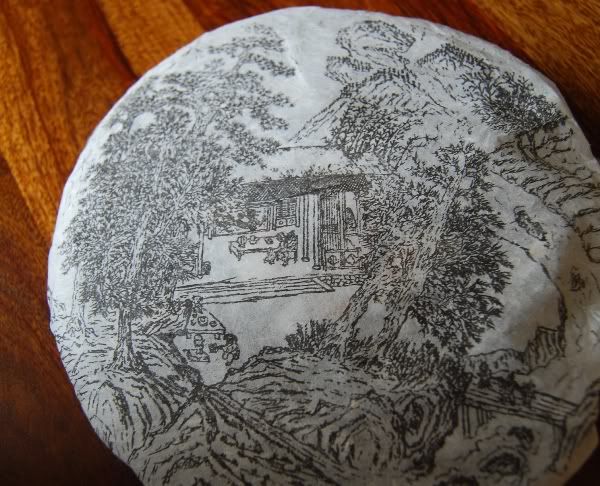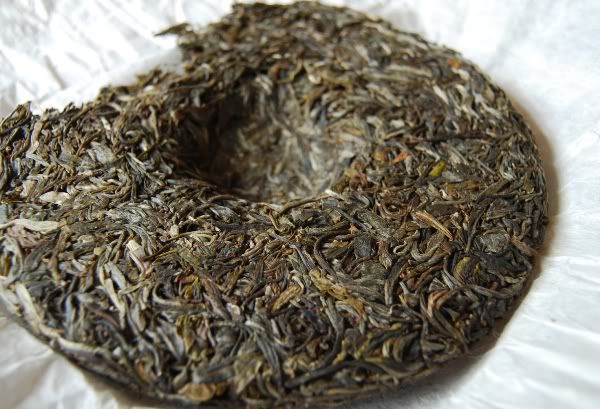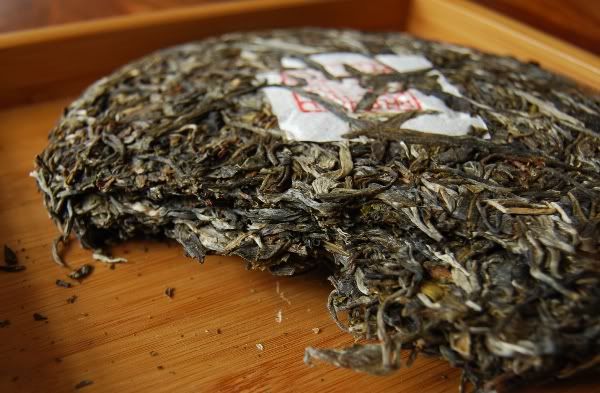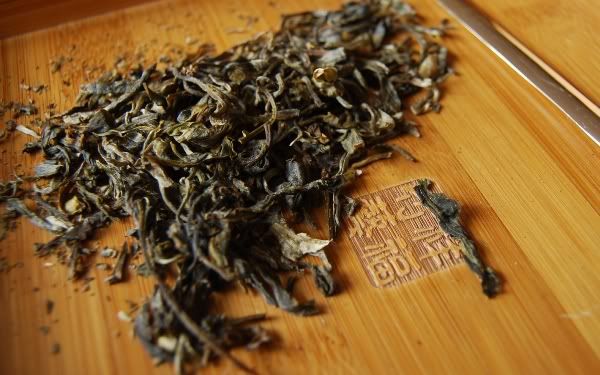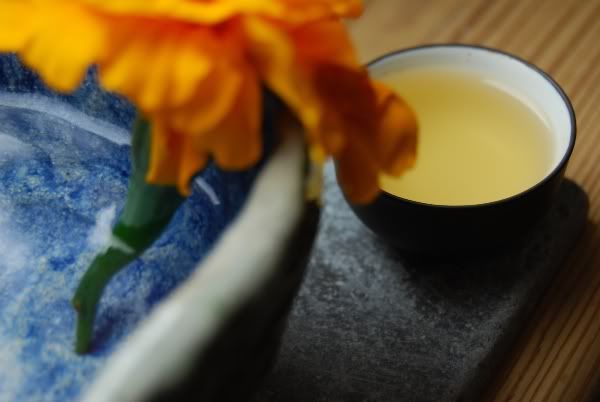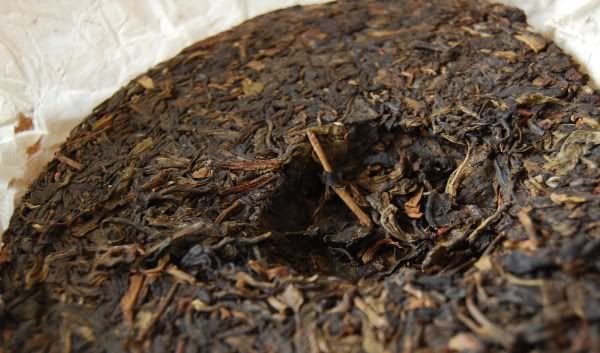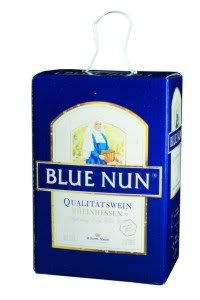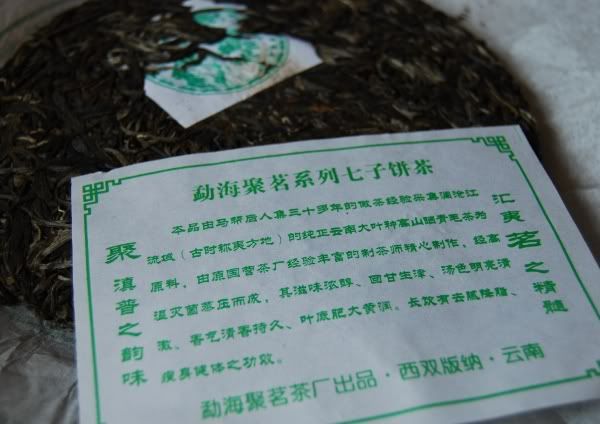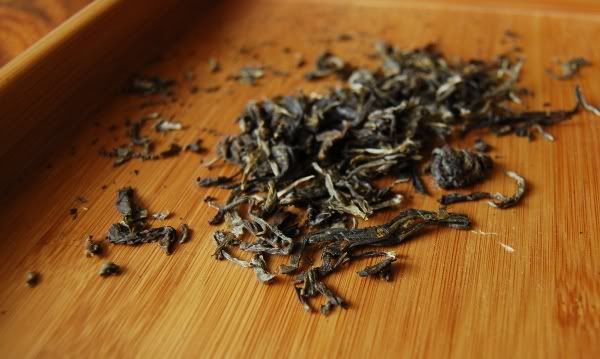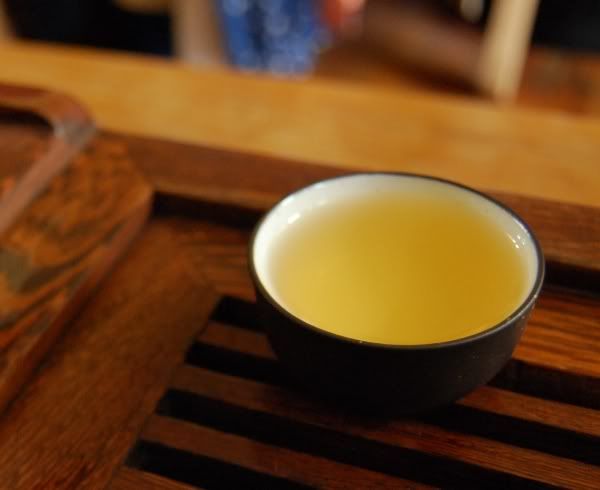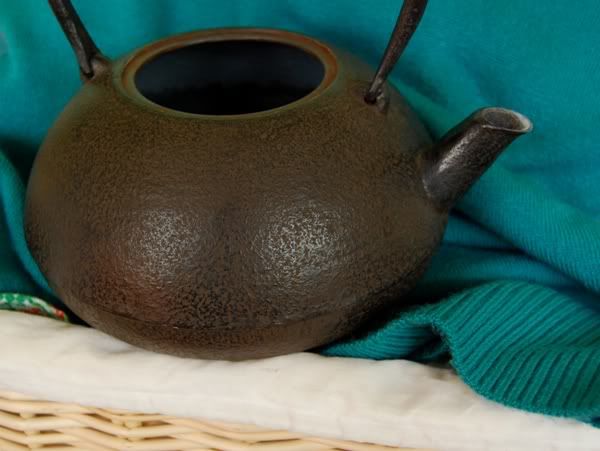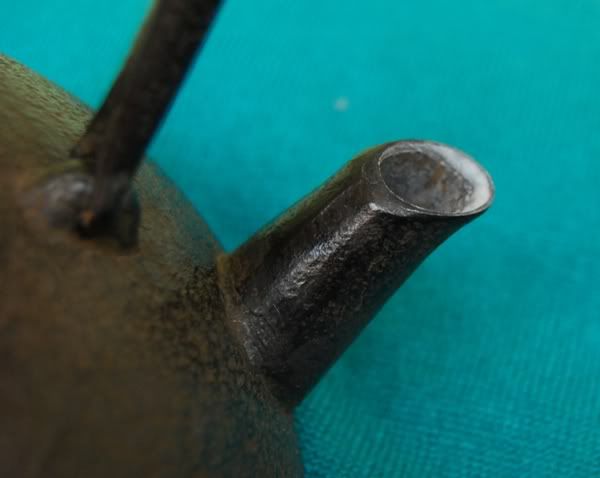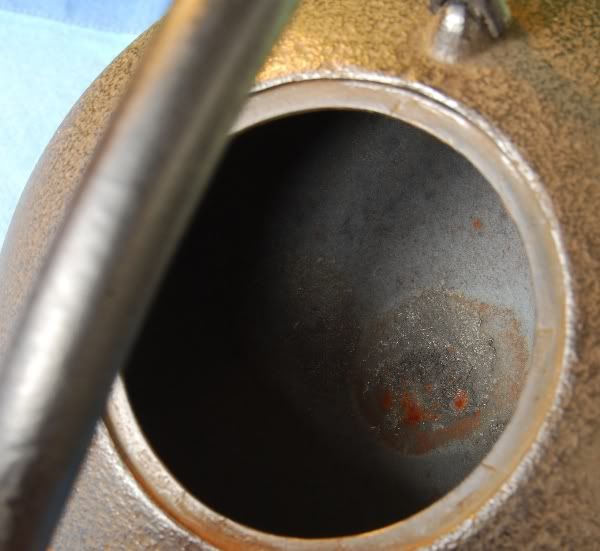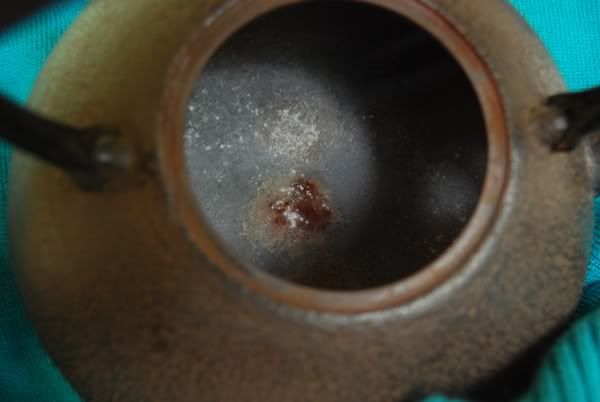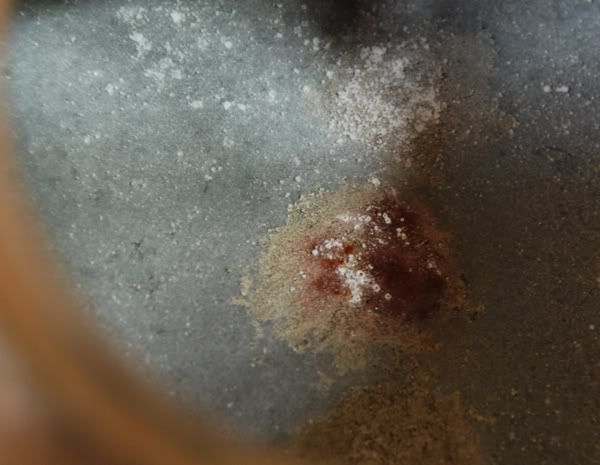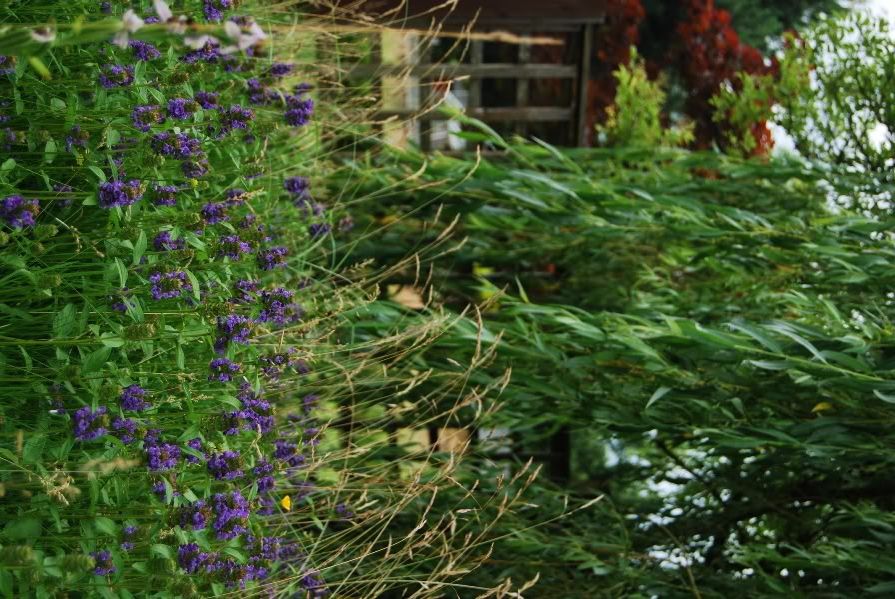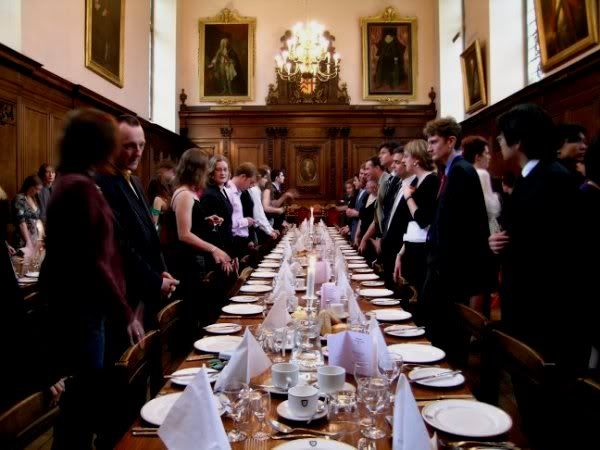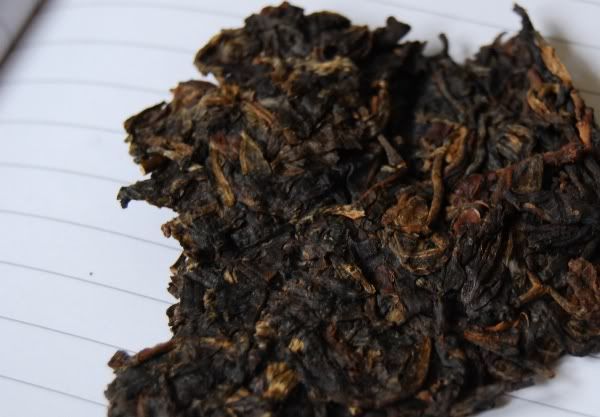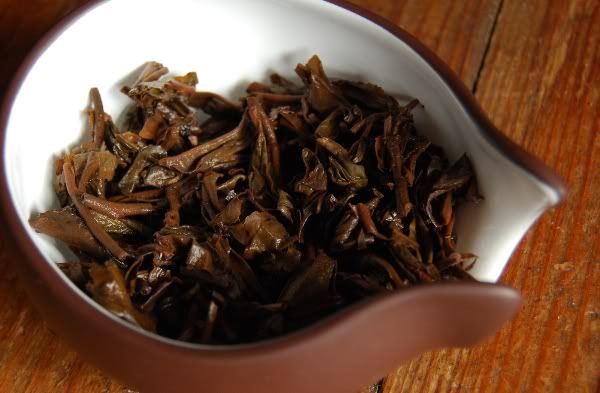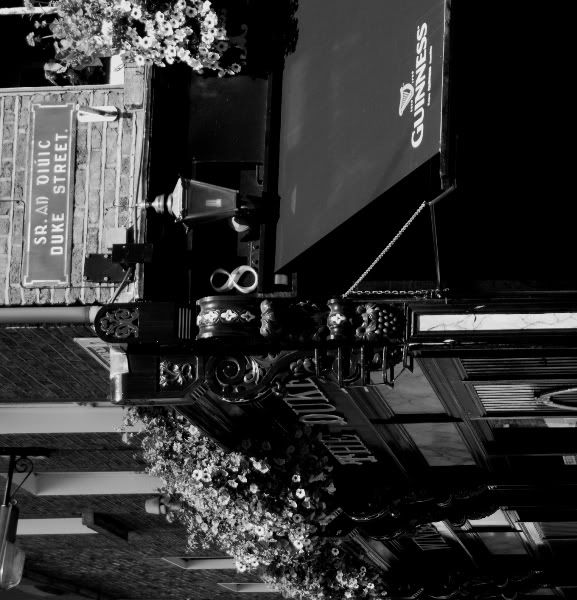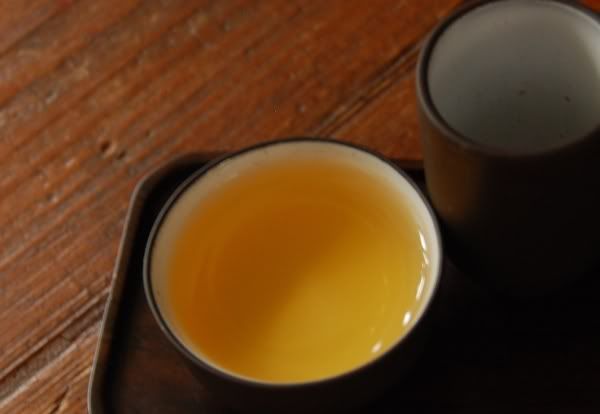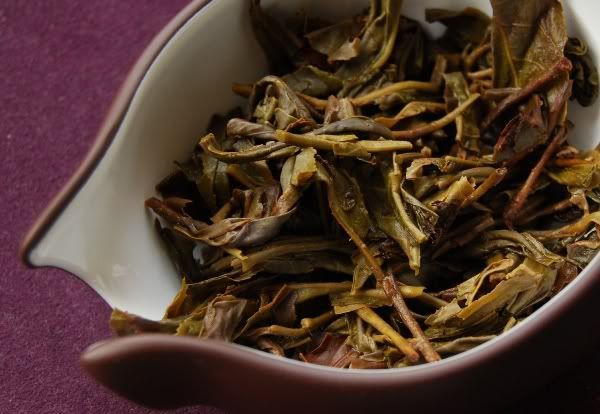Imagine that I sold wine via the Internet. This year, I advertise the "Hobbes-hao 904", which you duly purchase from me for the sum of $43.98 (for argument's sake). You wait a few days, and the postman delivers a well-packed parcel.
You're hoping for good things, because you've read my blog entries that described my trip to Bordeaux. Maybe I selected the grapes myself - perhaps even from old vines. So, you're hopeful. Personal productions are great, you think to yourself! What can this Hobbes-hao 904 be like?
You excitedly open the postman's delivery to find a commercially-packaged box that reads "Blue Nun"*. It has a brand logo, a Quality Standard number, and the innumerable images and trademarks that such wines usually carry. It even has its own name, "Blue Nun Prosperous-Age Aromatic Wine" written over the front in big letters.
Wasn't this supposed to be Hobbes-hao 904?
*Blue Nun is a crushingly mediocre brand of German wine that is popular throughout the world.
You open the box to have a look at the bottle, to find that the bottle itself has a commercial label, and a commercial ticket telling you all about the factory (Blue Nun) and this "Blue Nun Prosperous-Age Aromatic Wine".
Curious, you think. What happened to all that "personal production Hobbes-hao 904" stuff? You look over the box more carefully, and find a little white sticker on the back that reads "Hobbes-hao 904".

You know that I love personal productions. The Nadacha teas are fresh and charming; the
Maison de Trois Thes cake that I've had was really lovely. Yunnan Sourcing's own-brand productions are fun. Private maocha selections by travelling friends have all turned out to be most enjoyable. There's something wholesome about personal productions. Is this a personal production, or is it Blue Nun with a small label on the back?
An apostrophe:
I'm aware that I my previous articles on teas from Puerh Shop have tended towards being quite negative. Let's have a quick look at that before we go on, because I don't want to seem biased: I was nonplussed by
last year's Meiguohao cakes; I was surprised that a minor-factory
Gujun brick was being labelled as "Douji"; and the
Menghai Pengcheng was just another example of minor-label filler. However, I've also enjoyed the
Douji "Dadou" bricks, and plenty of decent maocha from Puerh Shop.
I hope it's very clear that my motivation is simply to describe the teas as I find them. This is a record for my own use, as much as anything, so I aim to be honest with my findings. If my Puerh Shop comments are negative overall, that's just my impression of the tea and how that tea is sold - and I'm just one humble voice among many tasters more qualified than me. I admire the proprietor's dedication to tea, and the Puerh Shop "customer experience" is first rate in terms of delivery (and, often, price).
That said, I have some serious problems with this tea! So, with due apologies to the proprietor of Puerh Shop, let me discuss this cake as I find it. I will raise some negative points, but this is because I believe that they should be raised. I'll continue to buy from Puerh Shop, but constructive dissent is healthy!

Shown above, the only sign that this cake has something to do with Puerh Shop. It's the little white label on the back of a commercial cake.
Pictured above, the commercial neipiao, telling us about the produce of Menghaixian Juming Tea Co.
Below, the cake (which looks great) and its commercial neifei.
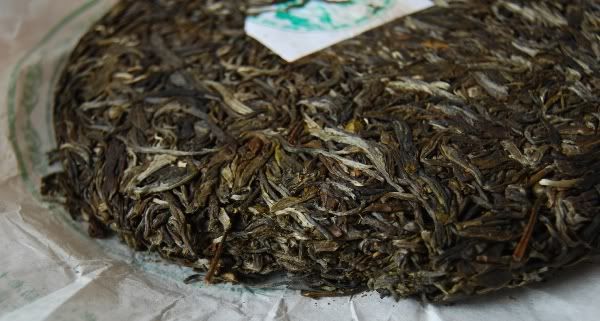
My problems with this cake centre on the manner in which it is sold:
1. The product description says "this is the most expensive tea cake we ever made", and that "we called it Chengshi Mingxiang".
I believe that representing to be involved in the manufacture of this tea ("we made") or the naming of this tea ("we called it") is, to be brutally honest, entirely disingenuous.
This cake has been made by the Menghaixian Juming factory, under their "Xianxianhao" brand (which is clearly written on the front of the cake), and the cake's name that they have given to it is "Shengshi Mingxiang". I cannot see any involvement from Puerh Shop that justifies the use of "we".
To make such representations is to mislead the customer. Is it an honest mistake, or is it willful disingenuity?
2. My Chinese is pretty rubbish, but if you'll allow me to correct Puerh Shop's translations (!), the factory's name is Menghaixian Juming, not "Menghai Jiming" and the cake's name is Shengshi Mingxiang [prosperous-age], not "Chengshi" [ladel-age?!]. Sheng and Cheng have the same character, but totally different meanings (prosperous/flourishing vs. ladel/containing). If you named it, why do you use the wrong character for the name?
In the absence of any other information, the above two points lead me to conclude that this is some chap's cake that has been purchased and relabelled. No big deal, relabelling is fine. Why claim to have made it, or named it, though?
If, indeed, this is true, then how can it be "exclusive" to Puerh Shop?
Concerns about disingenuity aside, the actual tea is really very nice. I can see why Puerh Shop are stocking it, even if it is under a curious relabelling, because it is tasty!
The leaves, even at this hyper-green stage, are tasty. The majority are whole (pictured above), and they are strong. They impart a solid yellow soup (pictured below), which has a chunky, buttery scent of which you can be proud.
The tea marches on for a long time, delivering solid texture; creamy, buttery notes; and a fine huigan. It is punchy and enjoyable. Yes, it even reminds me of a tuned-down version of Nadacha's
2009 Mahei Qiaomu.
So, we have a very pleasant tea (probably worth $43.98, if you're as used to Western prices as most of us), which is marketed in a potentially troubling way.
Once again, because I know the owner of Puerh Shop will read this: love the shop, keep up the good work, and please take my criticism constructively, in the spirit in which it is intended. No-one likes being criticised, I know, but I'd be cheating my readers if I weren't honest in my opinions.
"Drinking an American Hao is every tea enthusiast's envy for joy."

